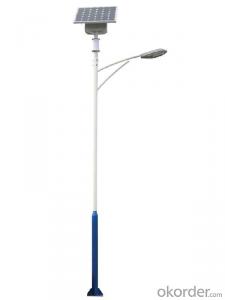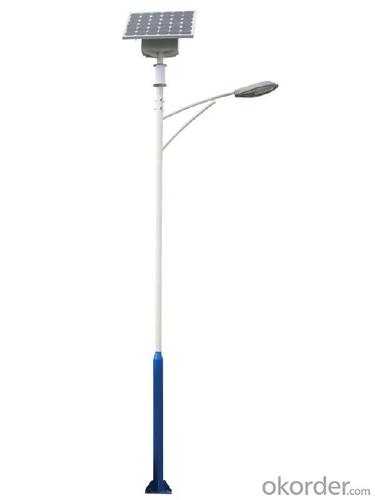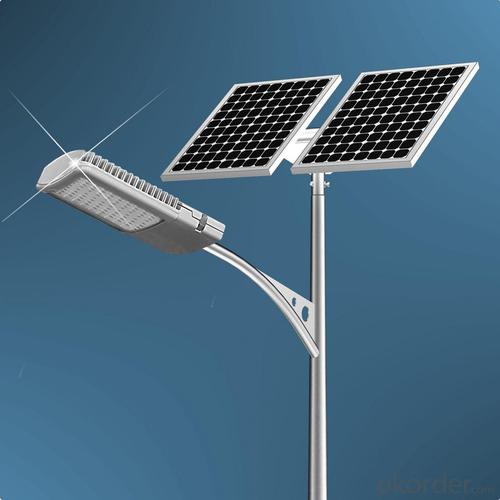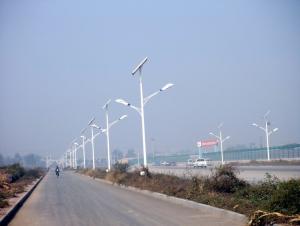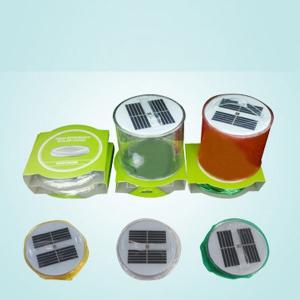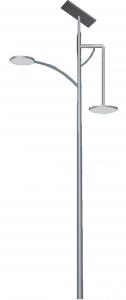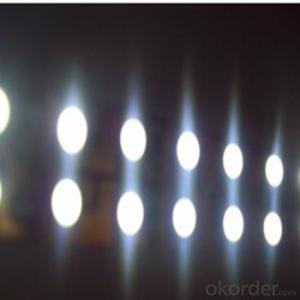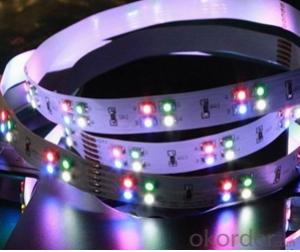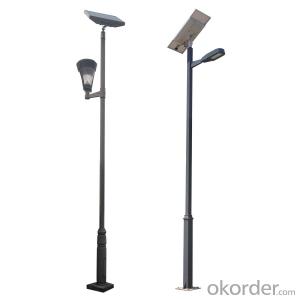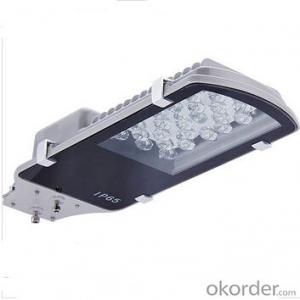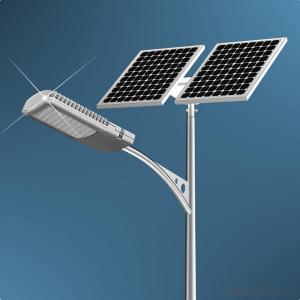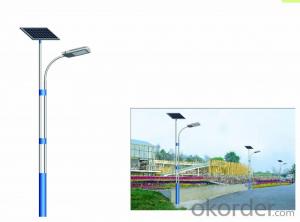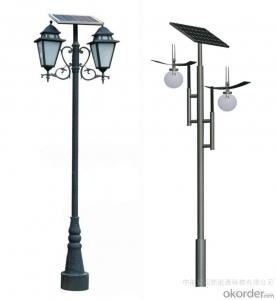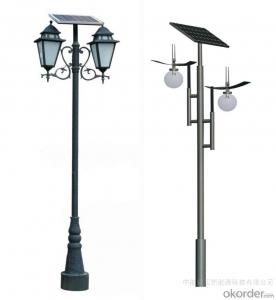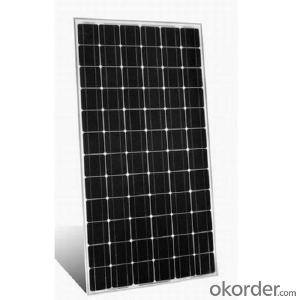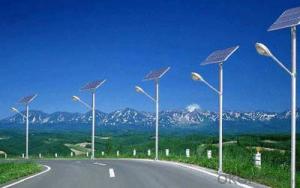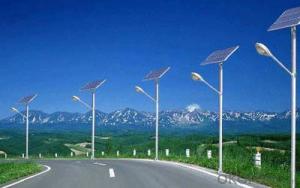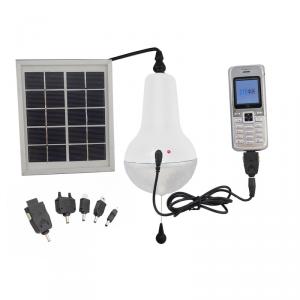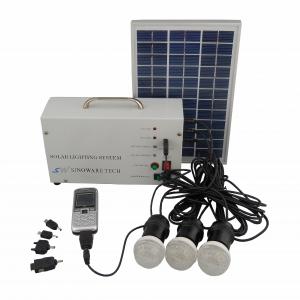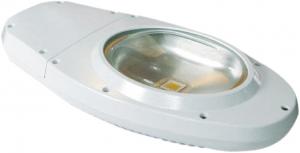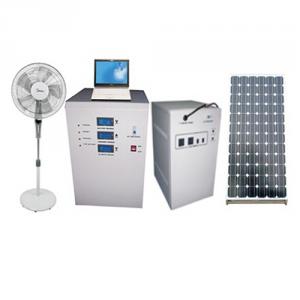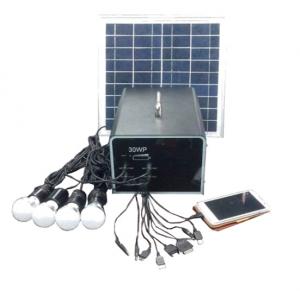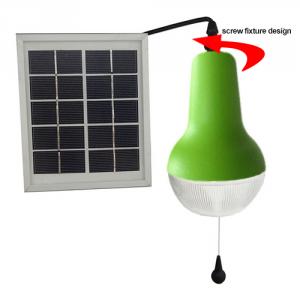Lowes Solar Light - Off Grid New Energy DN 900 Solar Product
- Loading Port:
- Shanghai
- Payment Terms:
- TT OR LC
- Min Order Qty:
- 1 watt
- Supply Capability:
- 5000 watt/month
OKorder Service Pledge
OKorder Financial Service
You Might Also Like
1, Product desciption
Inverter circuits designed to produce a variable output voltage range are often used within motor speed controllers.
The DC power for the inverter section can be derived from a normal AC wall outlet or some other source. Control and feedback circuitry is used to adjust the final output of the inverter section which will ultimately determine the speed of the motor operating under its mechanical load.
Motor speed control needs are numerous and include things like: industrial motor driven equipment, electric vehicles, rail transport systems, and power tools. (See related: variable-frequency drive ) Switching states are developed for positive, negative and zero voltages as per the patterns given in the switching Table.
The generated gate pulses are given to each switch in accordance with the developed pattern and thus the output is obtained.
Solar power is energy from the sun. "Solar" is the Latin word for "sun" and
And Powerful source of energy. Without it, there will be no life.
Solar energy is considered as a serious source of energy for many years
of the vast amounts of energy that is made freely available, if harnessed by modern technology.
A magnifying glass can be used to heat up a small amount of water.
The short piece of copper tube is sealed at one end and filled with water.
And magnifying glass is then used to warm up the pipe.
Using more than one magnifying glass will increase the temperature more rapidly.
2, Features of the product
Inverters convert low frequency main AC power to higher frequency for use in induction heating.
To do this, AC power is first rectified to provide DC power. The inverter then changes the DC power to high frequency AC power. Due to the reduction in the number of DC Sources employed, the structure becomes more reliable and the output voltage has higher resolution due to an increase in the number of steps so that the reference sinusoidal voltage can be better achieved.
This configuration has recently become very popular in AC power supply and adjustable speed drive applications. This new inverter can avoid extra clamping diodes or voltage balancing capacitors. There are three kinds of level shifted modulation techniques, namely: 1,High and stable conversion efficienly based on over 4 years professional experience
2 ,High reliability with guaranteed +/-10% output power tolerance
3,Proven materials,tempered front glass,and a sturdy anodized aluminum frame allow modules to operate reliably in multiple mountily configurations
4,Combination of high efficicncy and attractive appearance
The first thing to figure out is the length of road in need of street lights.
This can be a small entrance road only a couple hundred of feet long to miles of streets through an area. Does the area currently have any type of lighting available.
What is the reason for needing street lights in this area
Is the electrical grid already nearby or would you need to call in the power company to bring in electrical lines.
If the electric needs to be brought to the area, how much is this going to cost? Depending on how far the grid electric is from the location of the needed lighting, this can be quite expensive.
How much lighting is needed on the street? Do the lights need to be dark sky compliant.
Do the street lights need to run from dusk to dawn or for only a specified number of hours at night.
Are the street lights able to dim in the middle of the night and still provide enough lighting.
These questions need to be answered before you can decide on how many lights you will need to complete the project.
3, Detailed Specification
Data Sheet of High Quality Solar Controller Tracer-1210RN
Model Tracer-1210RN
Rated system voltage 12/24V auto work
Rated battery current 10A
Rated load current 10A
Max.battery voltage 32V
Max.PV open circuit voltage 100VDC
Max.PV input power 12V 130W;24V 260W
Self-consumption <10mA(24V)
Charge Circuit Voltage <=0.26V
Discharge Circuit Voltage Drop <=0.15V
Communication TTL232/8 pin RJ45
4, Product Image
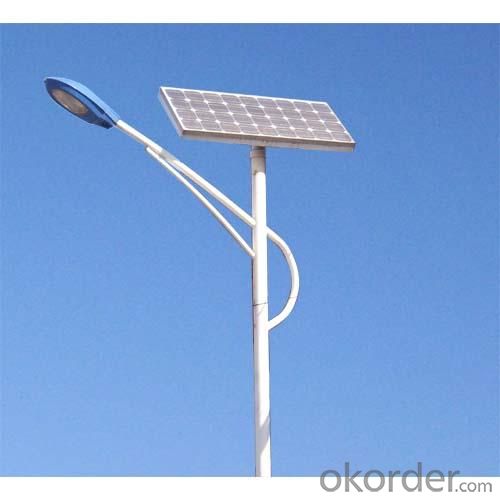
- Q: Are solar lights affected by cloudy days?
- Cloudy days do have an impact on solar lights. The charging process of solar lights heavily depends on the presence of sunlight, as it is required to charge their batteries. Unfortunately, when the weather is cloudy or overcast, the solar panels receive a significantly reduced amount of sunlight. Consequently, this can lead to a decrease in the charging capacity of the solar lights, causing them to have shorter operating times or even fail to function altogether. It is important to mention, however, that certain solar lights are equipped with more efficient solar panels or larger battery capacities to counteract the effects of cloudy days. As a result, these lights can still provide some level of illumination despite the lack of sunlight.
- Q: How long does a solar light last?
- The duration of a solar light's life can differ based on various factors such as the light's quality, brand, and specific model. Typically, a high-quality solar light can endure for approximately 5 to 15 years. Nonetheless, some solar lights have been known to last even longer when properly cared for and maintained. It is worth mentioning that the battery life of a solar light may diminish over time, necessitating the replacement of the battery after a few years to uphold peak performance. Additionally, severe weather conditions like extended periods of heavy rain or extreme cold can also impact the lifespan of a solar light. Hence, it is advisable to opt for a reputable brand and model, regularly clean the solar panels, and safeguard the light from harsh weather conditions to ensure its longevity.
- Q: How do you choose the right battery capacity for solar lights?
- When choosing the right battery capacity for solar lights, it is essential to consider the specific requirements and usage of the lights. Factors such as the light's power consumption, duration of operation, and geographic location should be taken into account. A larger battery capacity is generally recommended for lights that require higher power consumption, longer operation times, or are located in areas with limited sunlight. It is crucial to strike a balance between the battery capacity and the light's requirements to ensure optimal performance and longevity of the solar lights.
- Q: Are solar lights resistant to corrosion or rust?
- Solar lights are generally resistant to corrosion or rust. They are typically built using materials that can withstand outdoor conditions, including rain, humidity, and sunlight. Most solar lights are made with corrosion-resistant materials like stainless steel, aluminum, or weather-resistant plastic. These materials are carefully selected to prevent rusting or corrosion and to ensure the durability and longevity of the lights. However, it's important to note that the level of resistance may vary depending on the quality and brand of the solar lights. Therefore, it's advisable to choose solar lights from reputable manufacturers to ensure better resistance against corrosion or rust. Additionally, regular cleaning and maintenance can help extend the lifespan of solar lights and minimize any potential corrosion or rusting.
- Q: Are solar lights suitable for public parks?
- Yes, solar lights are suitable for public parks. They are a sustainable and cost-effective lighting solution that can provide illumination in parks without the need for electrical connections. Solar lights can enhance safety and security, promote a green environment, and contribute to the overall aesthetic appeal of public parks.
- Q: Can solar lights be used for courtyard lighting?
- Certainly, courtyard lighting can indeed utilize solar lights. In actuality, they are a well-liked and environmentally friendly option for brightening outdoor areas like courtyards. Solar lights operate using sunlight, which is transformed into electricity via photovoltaic cells. Consequently, they do not necessitate any wiring or access to electricity, making them effortless to install and use in any outdoor space. Solar lights are specifically designed to absorb sunlight during the day and store the energy in built-in rechargeable batteries. Once night falls, the stored energy is utilized to power the lights, providing a gentle and atmospheric glow to the courtyard. Solar lights are available in a variety of styles and sizes, including pathway lights, string lights, spotlights, and wall-mounted fixtures. Furthermore, they are equipped with sensors that automatically activate the lights at dusk and deactivate them at dawn, ensuring a trouble-free operation. With advancements in solar technology, these lights have become more efficient and can offer ample illumination throughout the entire night. Additionally, solar lights are cost-effective since they do not require any electricity bills and have minimal maintenance demands. All in all, solar lights are an excellent option for courtyard lighting, offering both functionality and sustainability.
- Q: Can solar lights be used for outdoor sports field lighting?
- Yes, solar lights can be used for outdoor sports field lighting. Solar lights are a sustainable and energy-efficient option for illuminating outdoor areas, including sports fields. They harness the power of the sun to generate electricity, eliminating the need for traditional power sources and reducing energy costs. Solar lights can provide sufficient lighting for sports events and activities, making them a viable choice for outdoor sports field lighting.
- Q: Do solar lights require a separate power source or battery?
- Solar lights do not require a separate power source or battery as they are designed to harness energy from the sun. They typically consist of a solar panel that collects sunlight and converts it into electricity, which is then stored in a built-in battery. This stored energy is used to power the light during nighttime or when the sun is not shining. The solar panel continuously recharges the battery during the day, allowing the light to function independently without the need for additional power sources or batteries.
- Q: How do solar lights withstand extreme weather conditions?
- Solar lights are designed to withstand extreme weather conditions due to their durable construction and weather-resistant features. They are typically made with high-quality materials that are able to endure heavy rain, snow, strong winds, and even extreme temperatures. Additionally, solar lights are often equipped with waterproof and dustproof casings, ensuring that their internal components remain protected from the elements. These weather-resistant features allow solar lights to continue functioning reliably and efficiently, regardless of the outdoor conditions they are exposed to.
- Q: Do solar lights require maintenance?
- Yes, solar lights require some maintenance. They may need occasional cleaning to remove dirt or debris that can affect their performance. Additionally, the rechargeable batteries used in solar lights may need to be replaced after a few years to ensure optimal functionality.
Send your message to us
Lowes Solar Light - Off Grid New Energy DN 900 Solar Product
- Loading Port:
- Shanghai
- Payment Terms:
- TT OR LC
- Min Order Qty:
- 1 watt
- Supply Capability:
- 5000 watt/month
OKorder Service Pledge
OKorder Financial Service
Similar products
Hot products
Hot Searches
Related keywords
